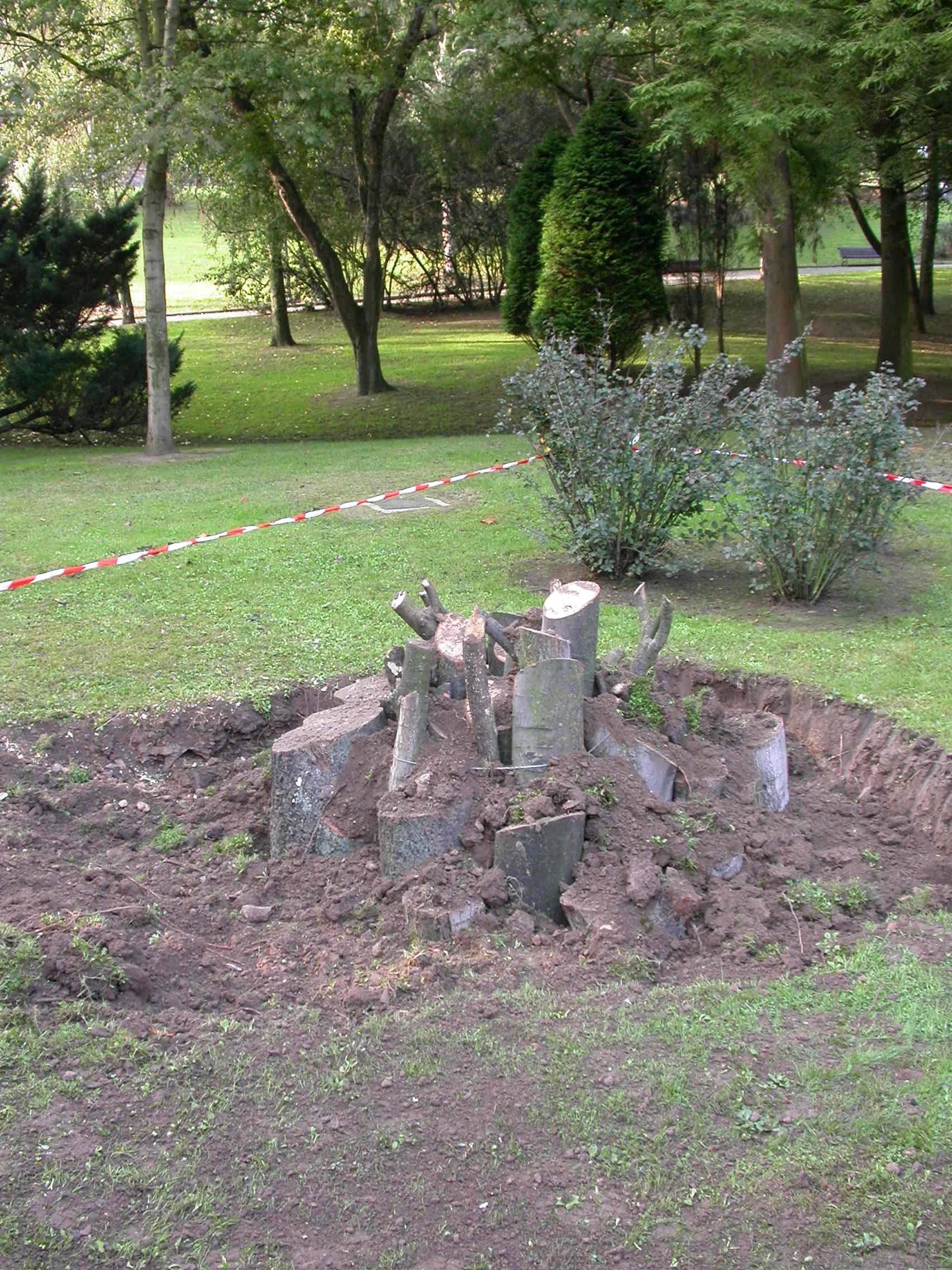Working Group on Iberican Lucanidae (GTLI)
Justification
and objectives
Lucanidae, as any other saproxilic insect, are dependent on the presence
of dead wood for larval subsistence. In many countries, forest management
has caused a decrease or disparition of Lucanidae populations, because
a policy has been followed that removed all dead wood from the forests.
Curiosly, forestry has also developed the tools needed to assess habitat
quality for saproxylic insects.
It is often said the the Stag Beetle Lucanus cervus depends exclusively on preservation of primary oak woodlands. This is not true, because this beetle is verry polyphagous. However, quantitative information about the habitat quality in which Lucanidae are found is urgently needed. In this section, protocols are provided in order to quantify habitat quality, mainly suited for forest Lucanidae (Lucanus, Pseudolucanus, Sinodendron, Dorcus). The habits of Platycerus are less well known and probably more dependent on bushland.
We hope to include in the future data from field studies assessing abundance or psecies richness of Lucanidae as a function of habitat quality.
Protocols
Four kinds of protocols are presented, related to the presence of dead
wood in the habitat:
(1) how to estimate the amount of dead wood in the habitat,
(2) how to classify the decay stage of a tree,
(3) how to classify the type of wood decay,
(4) how to classify veteran trees in antropic landscapes.
Initiatives
for habitat creation and restoration
Aside of habitat quality assessment, initiatives exist for the saproxylic
insect habitat restoration. Here we reccommend to visit the homepage by
María Fremlin, where two of those initiatives are explained: "pyramids"
and "boxes"
for Lucanus cervus.


This action was carried our by the Centro de Educación Ambiental "La Noria", an office dependent on the Avilés City Council. The sections of Enviroment, Gardens and Arquitecture participated in this project. Wood (mainly from aspen and pear trees) was taken from remainings of pruning activities. The building of each pyramid took 3-5 hours, depending on the availability of bulldozer for digging up the holes, and and the work of four people.
These pictures have been taken by César M. Álvarez Laó, working at the Centro de Educación Ambiental "La Noria".
Since then, other pyramids for stag beetles have been built in different parts of the Iberian Peninsula:
- Aingerubide oak forest, Busturia (Vizcaya-Bizkaia) (only in Spanish)
- Castellón (Sierra de Espadán and Serra Negra) (only in Spanish)
Any actions addressing restoration or enhancement of habitat for lucanids or other saproxylic insects should always include protocols which allow to assess the success of such actions. Here several methods to assess the success of pyramids are proposed.
Another option for habitat creation comes from the experience at the Southfields Recreation Ground, London (UK), which involved the use of woodchip piles. Woodchip lawering has also been involved in an experience carried out in the Weluve region (The Netherlands).